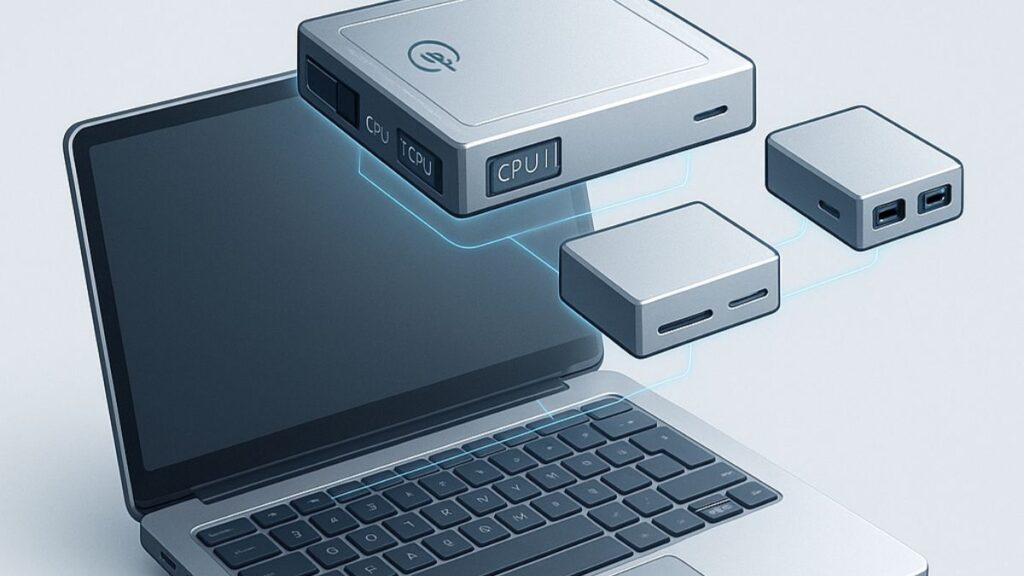An electric cable aims to carry electrical energy from one location to another. Cables may be configured differently depending on their intended use, always adhering to any national and international requirements. Power cables are in most cases used for power transmission in low voltage connections, industrial applications, and variable frequency drives. A single cable may be classified into several groups since the cable classification process happens concerning many factors.
Each cable is assigned a unique identification number. The number consists of a series of letters and digits, each of which has a distinct meaning. This designation refers to a collection of product features that aid in selecting the most appropriate cable for your application, eliminating probable supply faults caused by substituting one cable for another. The following is a discussion of three power cables, their properties, and their uses.
1. Coaxial cables
A coaxial cable is a form of copper cable designed with a metal shield and other components to prevent signal interference. Cable television providers typically utilize it to link their satellite antenna installations to consumer homes and businesses. Telephone companies sometimes use it to connect central offices to telephone poles located near clients.
The term “coaxial cable” comes from the fact that it consists of one physical channel carrying the signal encircled by another concentric physical channel running along the same axis. The outer channel acts as a grounding channel.
Coaxial cables are produced by concentric layers of conductors and isolating material. This construction maintains the connection inside the wire and eliminates impulse interference.
A solid or braided copper wire constitutes the core conductor layer. The wire is surrounded by a dielectric layer consisting of an isolating material with well-specified electrical characteristics.
The dielectric layer is covered by a shield layer of metal foil or twisted copper mesh. An isolating cover protects the whole cable assembly entirely. The outer metal shield layer of the coaxial cable is usually grounded at both ends to safeguard communications and offer a route to dissipate street interference signals. A 50 ohm coax cable provides superior performance over longer distances because they transmit power and voltage signals.
A critical aspect of coaxial cable design is maintaining tight control over the wire’s size and materials. They work in tandem to guarantee that the cable’s characteristic impedance remains constant. At impedance mismatches, high-frequency signals get reflected partly. This phenomenon results in inaccuracies. Coax’s electrical properties are application-specific and critical to its performance.
2. Ribbon cables
A Ribbon cable is a flat and rectangular-shaped cable that takes its name from its similarity to a piece of ribbon. A ribbon cable consists of conductors or wires that run next to or parallel to one another on the same flat plane, resulting in a broad and flat cable. For most basic point-to-point ribbon cable installations, you may purchase the components online and assemble them yourself.
Ribbon cables connect internal peripherals such as hard drives, CD drives, and floppy drives to computers. Specific earlier computer systems use these cables for external connections. Unfortunately, the ribbon-like structure impairs computer cooling by blocking airflow inside the computer box, limiting the usage of ribbon cables in modern computer designs. For exterior connections, round cables have mostly replaced ribbon cables.
3. Shielded cables
Shielded cables are design-protected links. Braided copper strands, spiral copper tape, or another conducting polymer make the shield. Cables that are protected are often thicker and sturdier than cables that are not covered. Additionally, they demand additional caution while dealing with them. Shielded Cables are most in industrial settings and installations.
Shielded cables protect the data as it moves across the cable from deterioration caused by common electromagnetic interference. Shielding in shielded cable minimizes the volume and intensity of electrical noise, minimizing its impact on signals and transmissions and decreasing electromagnetic radiation.
Cables of different sorts range between a wide variety of applications. Not all cables have the same intended purpose. Its kind determines a cable’s function. Electrical cables are mostly aluminum or copper wires covered in an insulating covering composed of synthetic polymers. The cables listed above are some of the most frequent types of cables you may contact daily, and therefore its is necessary to have an overview of the cables.
- 5 Benefits of CCaaS for your Business - January 27, 2022
- Guide to Prepping for a Big Presentation - January 12, 2022
- 5 Tips to Begin Building an App for Your Business - August 26, 2021



